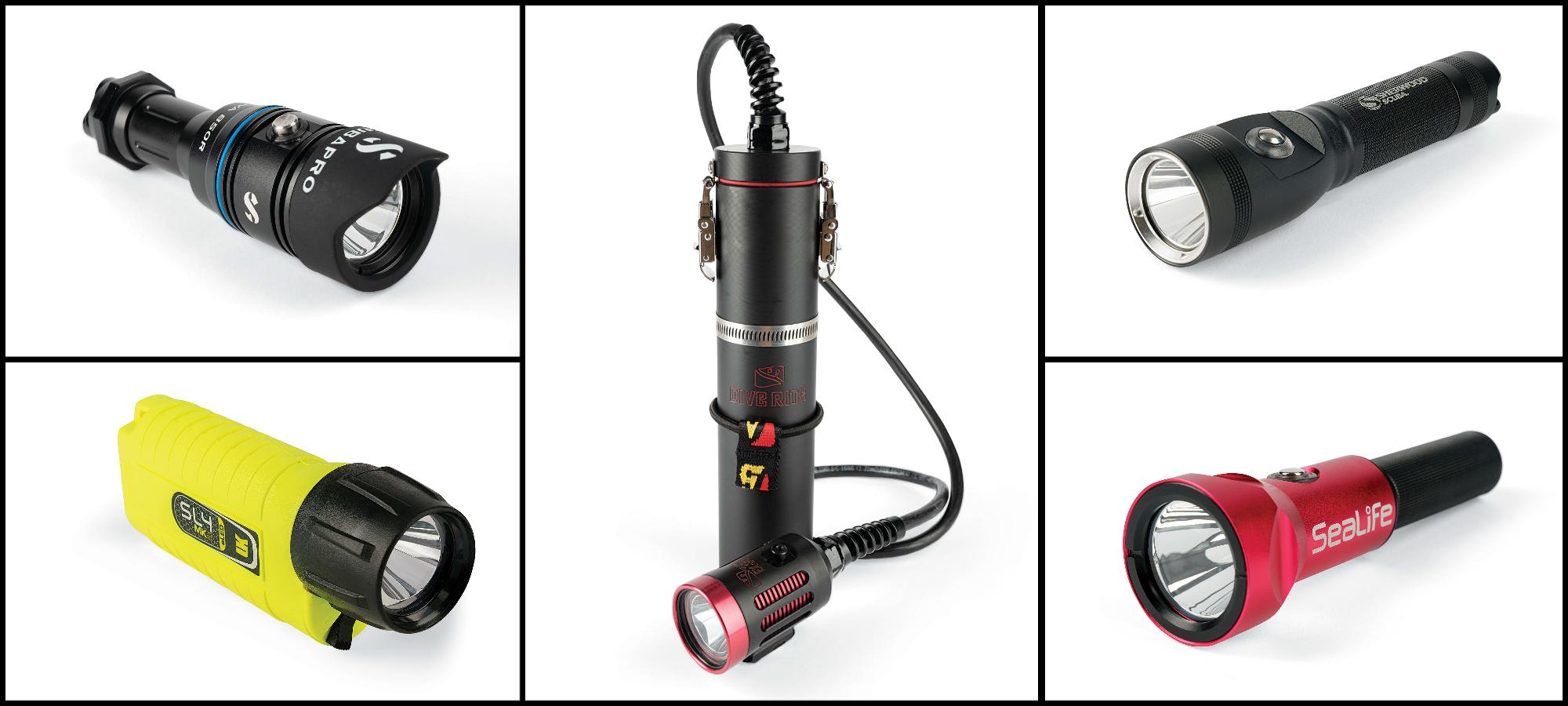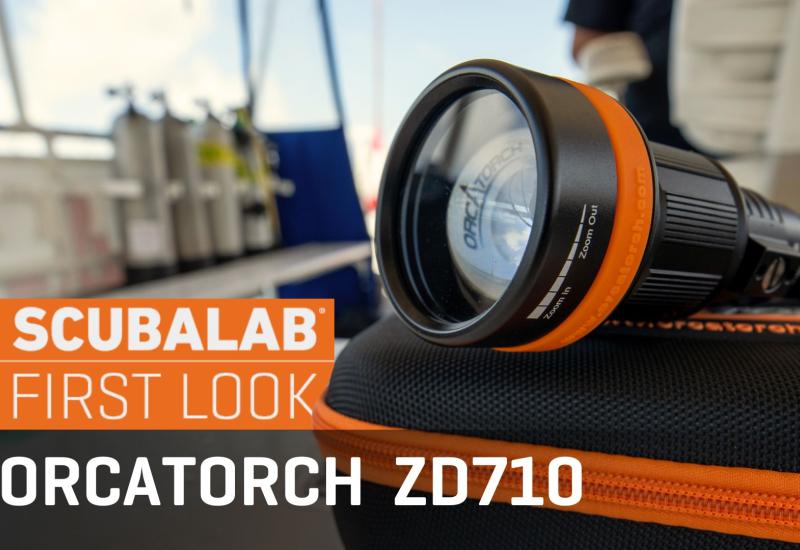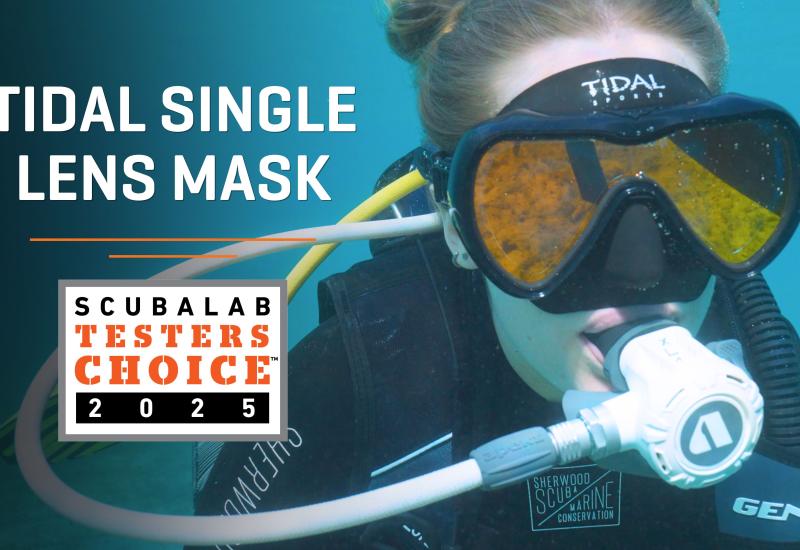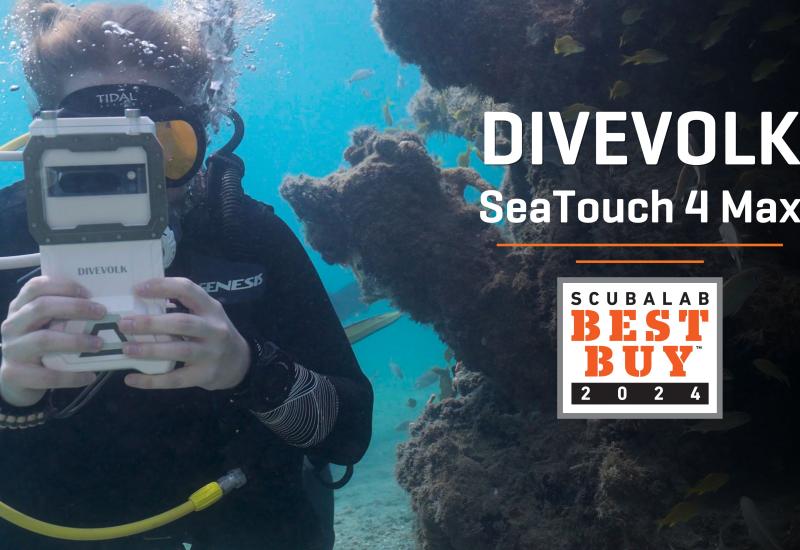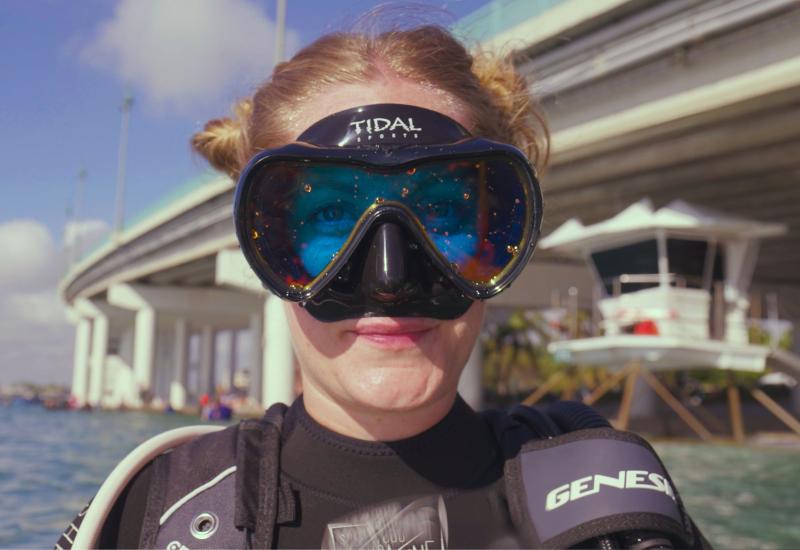2020 Dive Light Review
You know this space as the longtime home of “How We Test,” where we describe in detail how we conduct testing of the gear in each feature. Due to COVID-19 closures, we were unable to execute our regular testing for dive lights, which includes multiple test dives as well as an objective measurement of each light’s output on an industry-standard test apparatus at an independent photometric lab.
However, our staff was able to conduct limited dives with each of these lights at Devil’s Den Spring in Williston, Florida. The reviews here relate our divers’ observations about how the lights performed, including the lights’ features, ergonomics, and the effectiveness of their beams and controls.
ScubaLab tried and reviewed eight of the best new dive lights. Here are the models tested:
2020 Dive Light Review
- SeaLife Sea Dragon Mini 1300S
- Dive Rite EX35 Primary Canister Light
- IST Sports T-60 Torch
- Tovatec Dash 2.0
- Seac R15
- Sherwood ST1000
- Scubapro Nova 850R
- Underwater Kinetics SL4 ELED MK2
SEALIFE Sea Dragon Mini 1300S
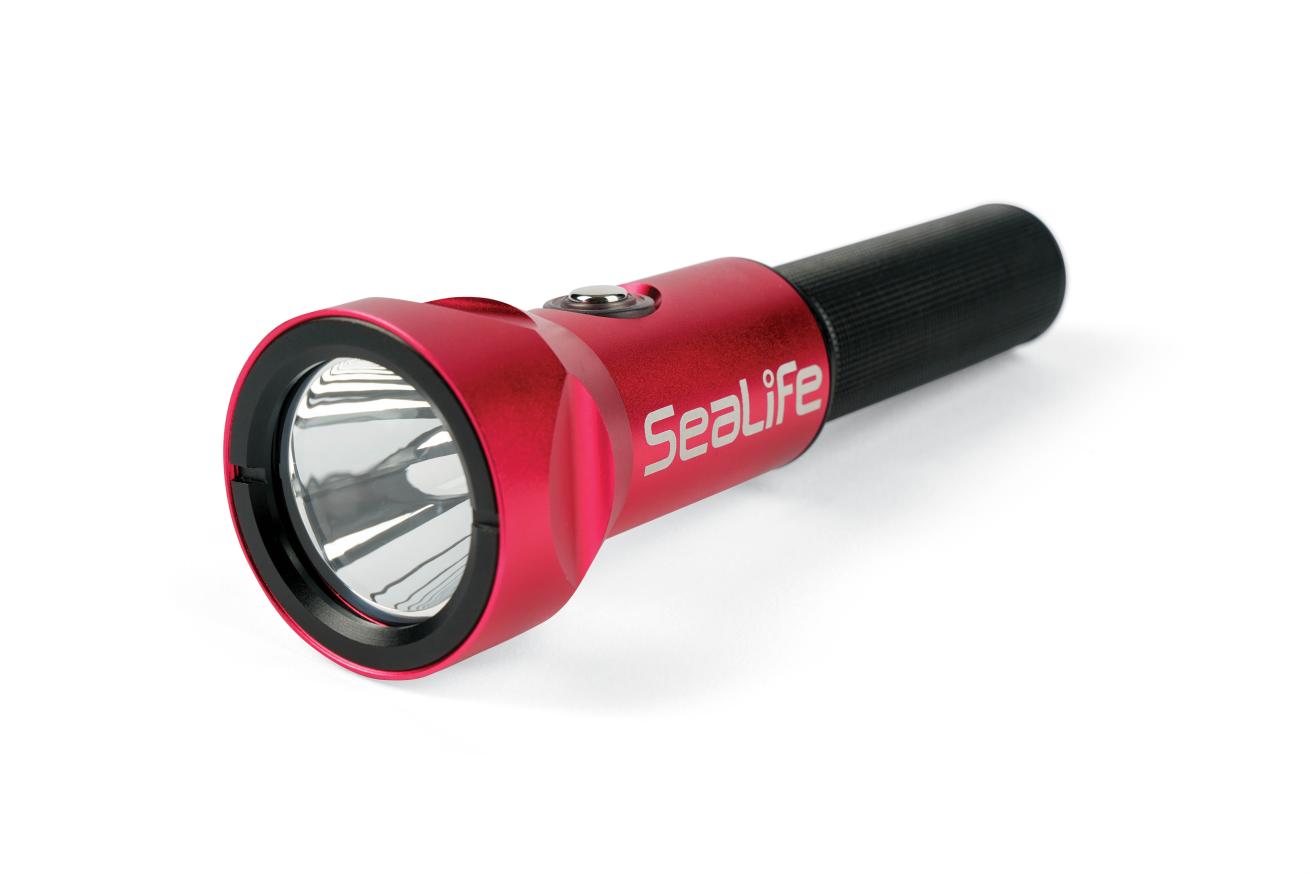
Jon Whittle“Good penetrating beam; basic operation; easy to use.”
Though this new torch is a bit larger than SeaLife’s previous Sea Dragon Mini 900S, it’s still compact enough to slip easily into a BC pocket. The 8-degree beam cuts through the water with ease. Max output is 1,300 lumens, but the light also steps down to 50 percent and 25 percent power if you need to tone it down. Machined out of lightweight anodized aluminum, the light sits nicely in the hand, where a generously sized textured handle assists the grip. The Sea Dragon’s operation is simple and straightforward, with a single push-button function that quickly cycles between the three power levels, a one-second flash and an SOS strobe. The light uses a rechargeable 18650 battery and can run up to 5½ hours on low power or 1½ hours at full power. (With the included 2600 mAh battery, run time is 55 minutes at full power and 220 minutes at quarter power.) The included lanyard feels more like an afterthought, but it does have a clip, which provides an additional option for stowing the light on your BC.
MSRP $99.95 light only, $119.95 w/ battery and charger
CONTACT sealife-cameras.com
Dive Rite EX35 Primary Canister Light
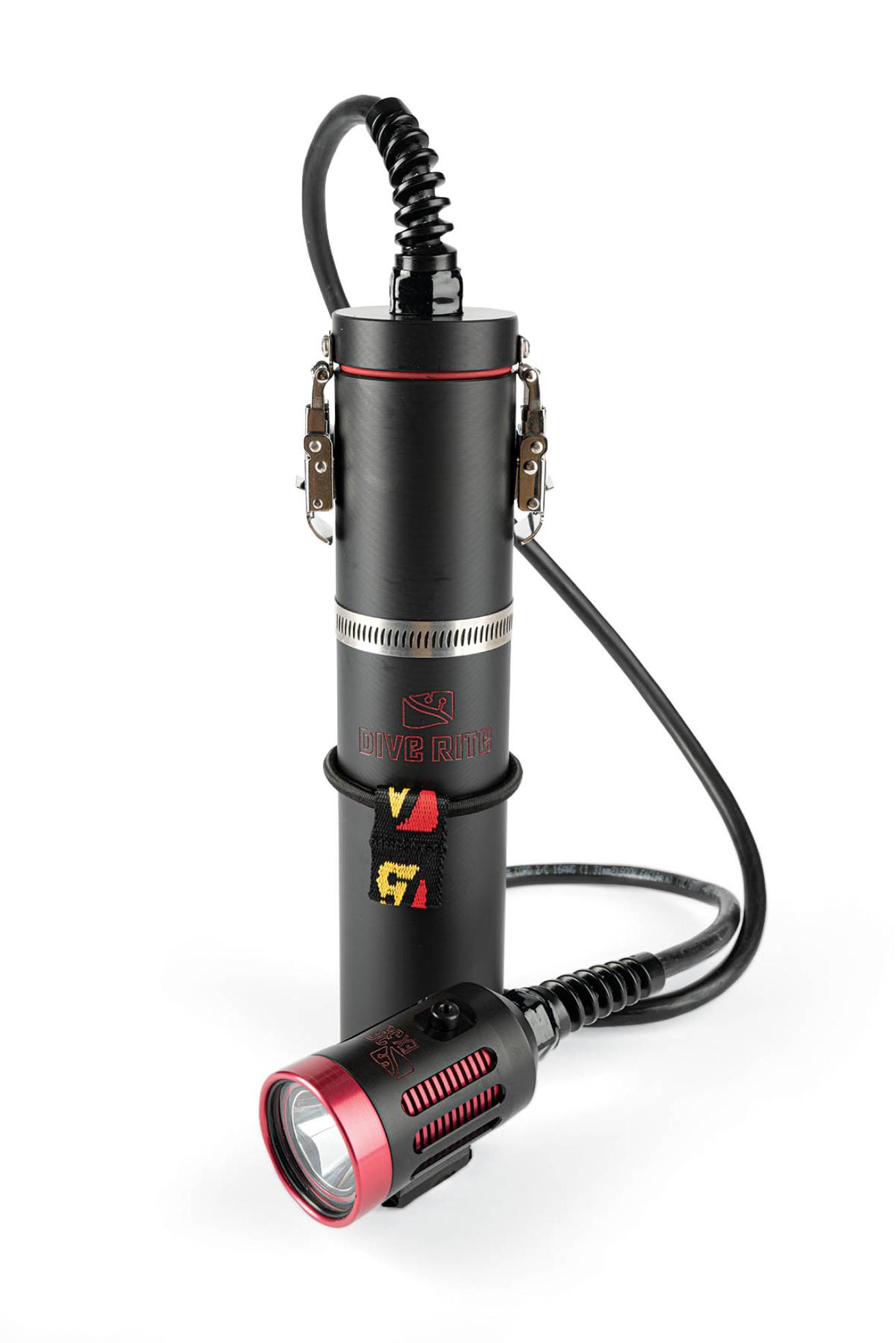
Jon Whittle“Penetrating beam, with good control of all that power.”
Designed for expedition duty, this tec light has the output, power and rugged construction to cope with the toughest conditions. Putting out up to 4,300 lumens in a concentrated 6-degree beam, it has a machined aluminum battery canister and is depth-rated to 500 feet (152 meters). A magnetic push-button switch on the light head toggles between five power levels and an emergency strobe, letting you go from full power down to just 1 percent, to light the whole cavern or read your gauges or slate. The air-travel-approved battery burns for six hours at full power, 24 hours at quarter power and 60 hours on strobe. The light blinks a low-battery warning and automatically steps down output to conserve power. The 11-by-2.5-inch canister mounts with an adjustable bungee loop strap, and the canister lid secures with a pair of stainless latches. The EX35 comes with an adjustable rigid Goodman mount with a locking quick release; options include soft hand mounts and a canister lid with 70-degree cable for sidemount use.
MSRP $1,200
CONTACT diverite.com
IST Sports T-60 Torch
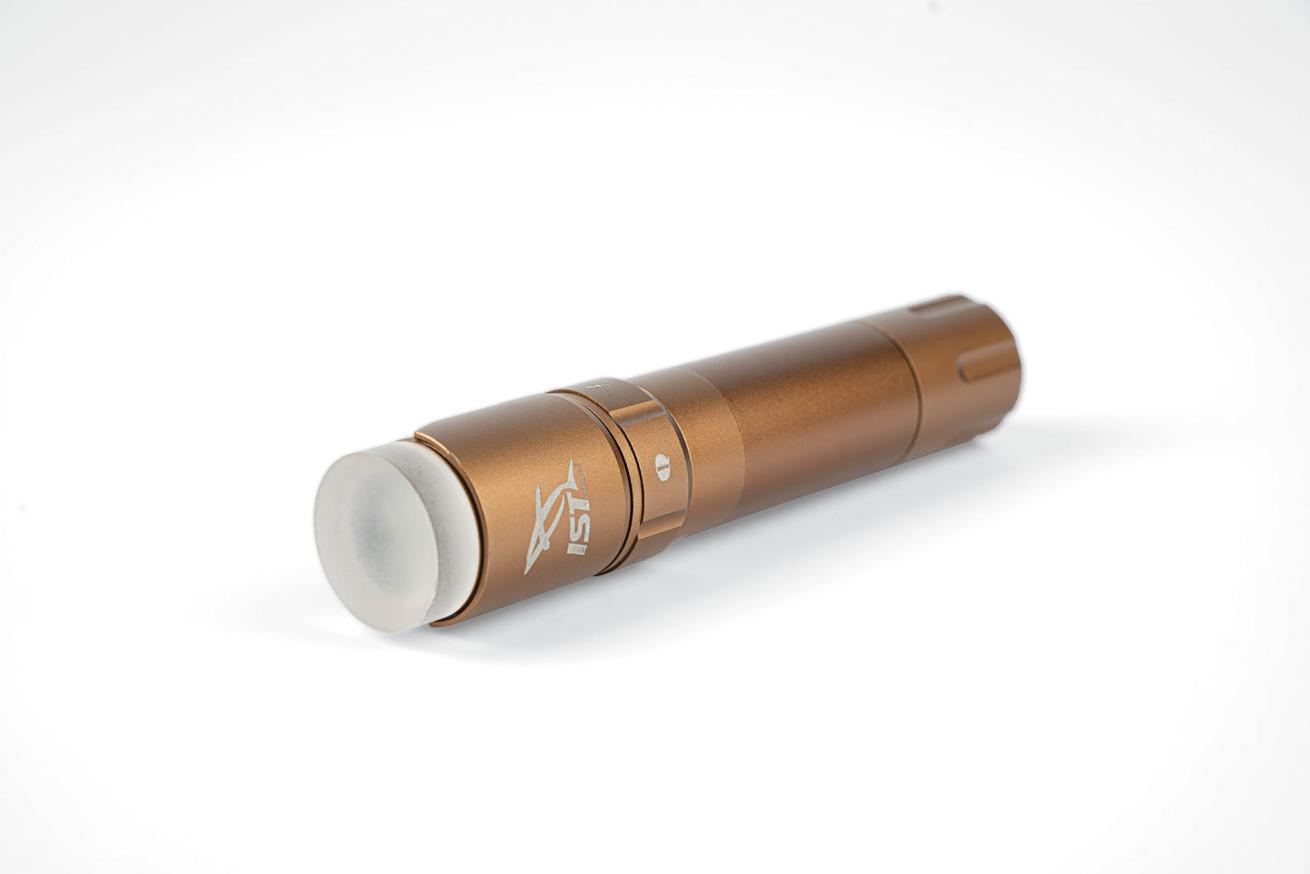
Jon Whittle"Great light to travel with, or as a backup in a BC pocket."
The bronze aluminum body of the T-60 gives it a unique appearance, as does its five-position rotating magnetic switch. The switch requires a bit of getting used to, as the light turns off during transition and an incomplete rotation will result in darkness. But once you’ve got the hang of it, it allows easy one-handed operation. The 1,200-lumen light has three brightness modes and an emergency strobe. A built-in shade can be extended and rotated. The narrow beam can be widened using the included threaded diffuser. Lightweight construction and compact dimensions make the T-60 an attractive option for travel or use as a backup light. It’s powered by two CR123 batteries or a single rechargeable lithium 18650.
MSRP $180
CONTACT istdivingsystem.com
Tovatec Dash 2.0
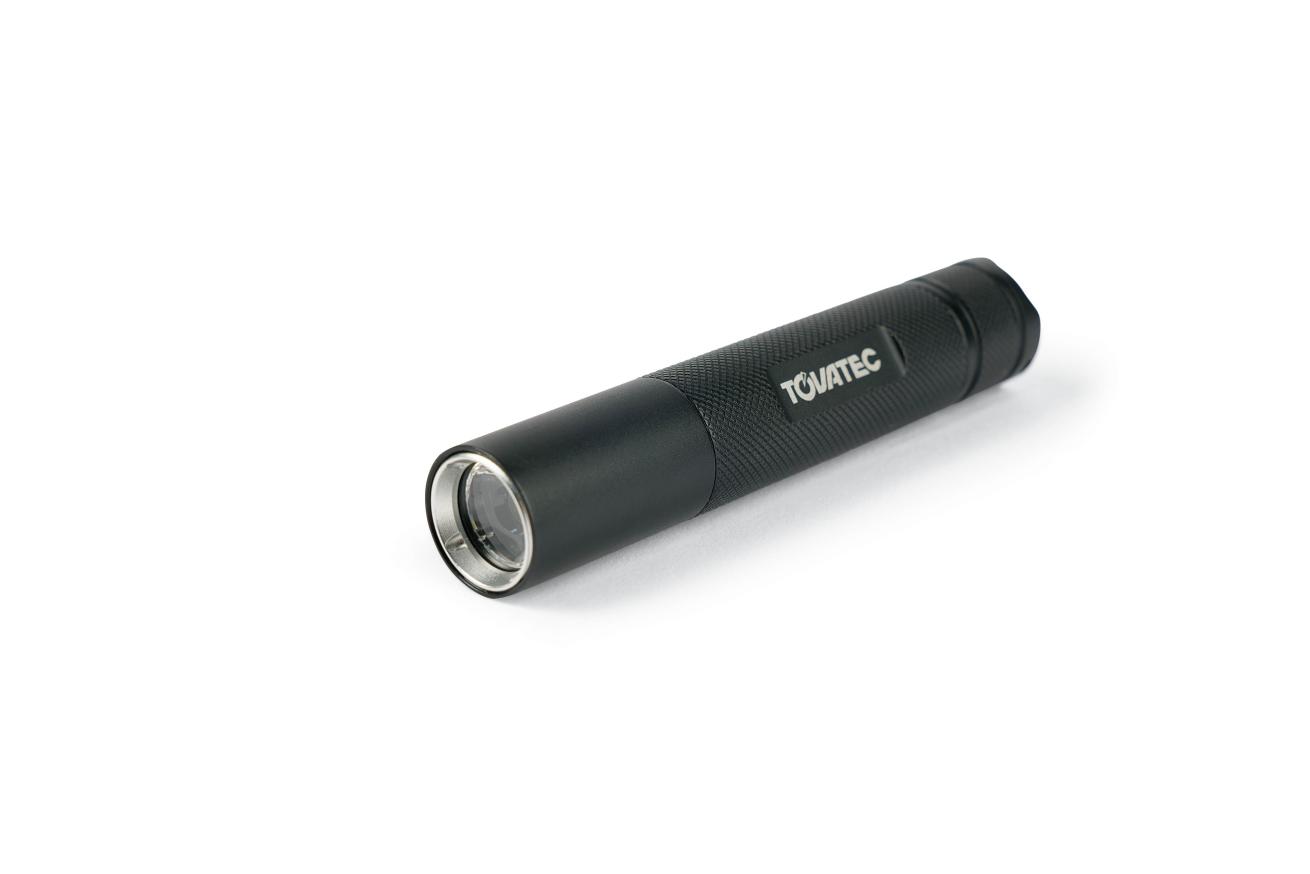
Jon Whittle“All of its power in a supertight, narrow beam.”
The Dash 2.0 shows that bigger isn’t always better. Just 4¼ inches long, it’s powered by a single rechargeable 14500 lithium-ion battery and puts all of its power into a tight 9-degree beam. (Its specs don’t include output, but we’d guess it’s in the 300- to 400-lumen range.) The narrow cone of light can feel a little restricted at times, but penetrates well into the gloom and has a soft but well-defined edge. The light can run for 90 minutes on full power or three hours at half power. The tail switch operates like a retractable pen, and is just as easy to use. A hard click will turn the light on and off, while gentle push cycles through power levels and an emergency strobe. With its compact size, the Dash 2.0 can easily slip into even the smallest BC pocket, making it an ideal backup light.
MSRP $60
CONTACT tovatec.com
SEAC R15
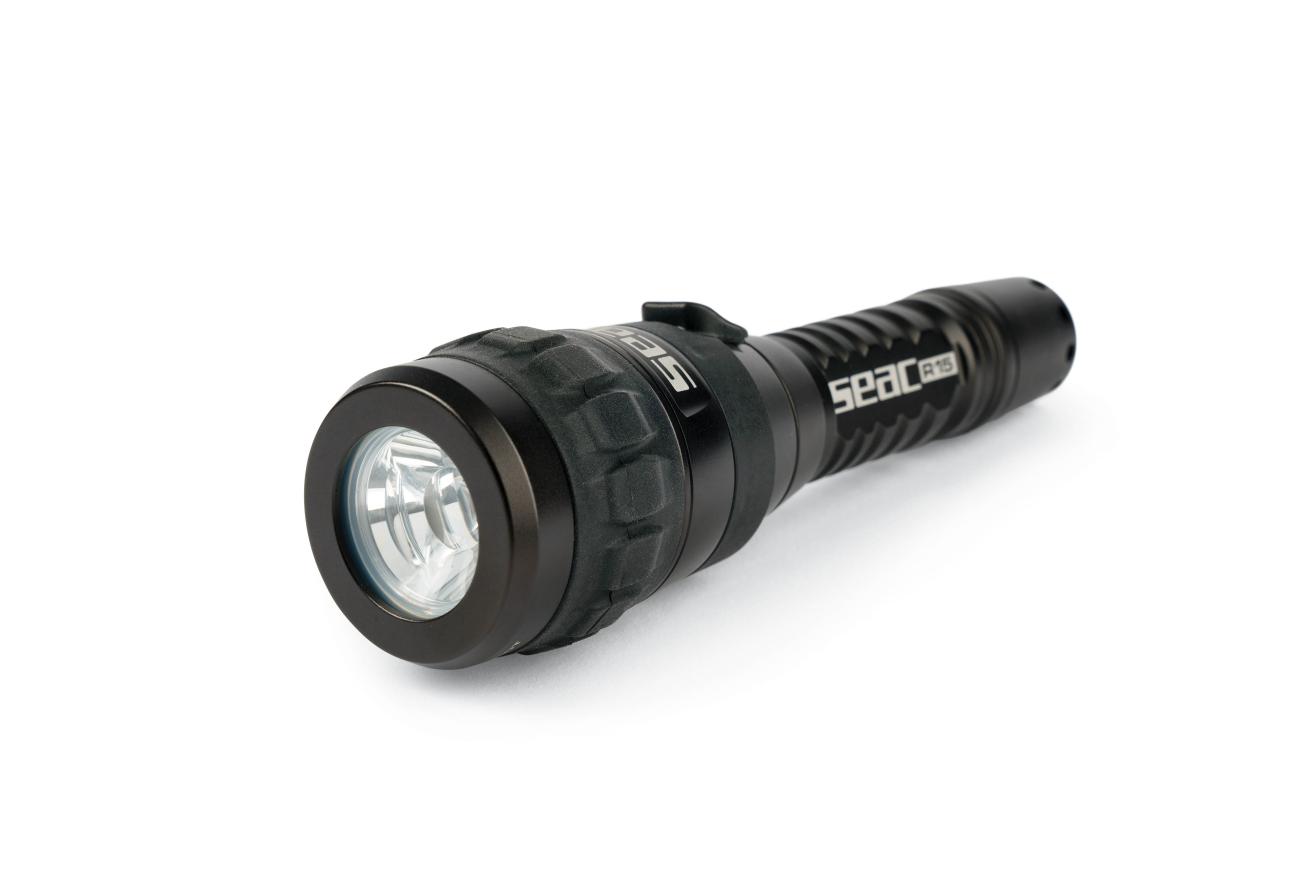
Jon Whittle“Good options; very simple; good ergonomics and weight.”
Less than 7 inches long and weighing just 11 ounces, the R15 packs in a lot of features, with adjustable power level and beam angle. The beam adjusts from a tight 12 degrees that penetrated well even with less-than-optimal viz to a video-style 75 degrees by spinning the head. The power level adjusts by holding down the magnetic switch, which makes it progressively brighten, then dim (there is no emergency flash). A simple, secure switch lock helps prevent accidental activation by spinning a ring that blocks the switch. The lithium-ion 18650 battery can be charged by USB via the removable tail piece, or taken out of the light. It has a two-hour burn time on full power at 900 lumens, or up to 24 hours on low power. Made of machined aluminum, it’s rated to 328 feet (100 meters).
MSRP $179
CONTACT seacsub.com
Sherwood ST1000
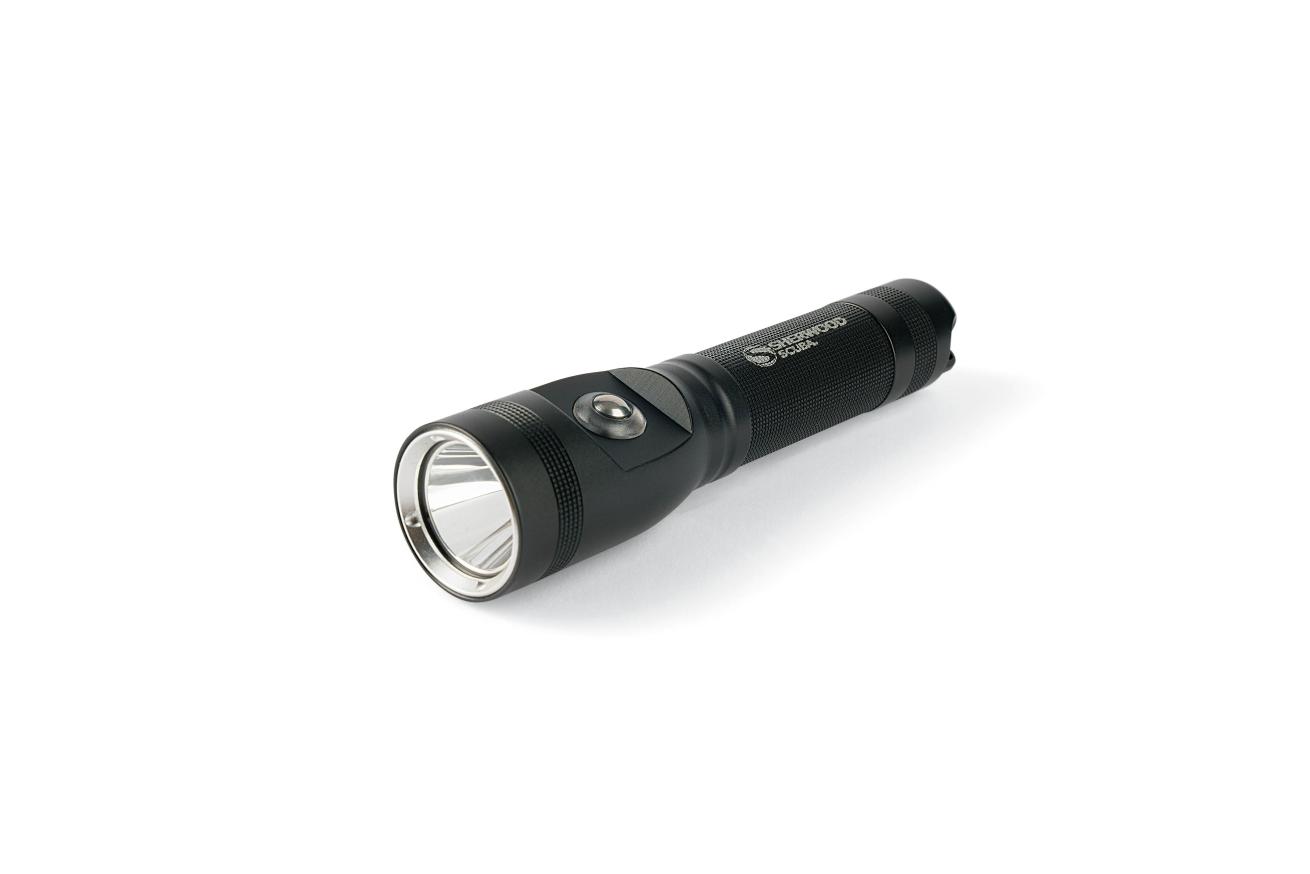
Jon Whittle“Solid choice for primary or secondary.”
At only 6 inches long, the ST1000 is small enough to stow in a BC pocket but big enough to provide a firm grip during extended use. A 12-degree beam provides a comforting cone of illumination that gives good penetration and a decent peripheral view. The 1,000-lumen beam has a noticeable hot spot in the center, but it’s bright without being blown out. Made of aircraft-grade aluminum, the torch is depth-rated to 328 feet (100 meters). It burns at 100 percent power for up to an hour and 50 percent power for over two hours, and the SOS flash lasts for three and a half hours. A single push-button switch cycles between modes and features a colored battery-life indicator. The ST1000 has a built-in USB port that allows you to charge the light without removing the 18650 lithium-ion battery.
MSRP $115
CONTACT sherwoodscuba.com
Scubapro Nova 850R
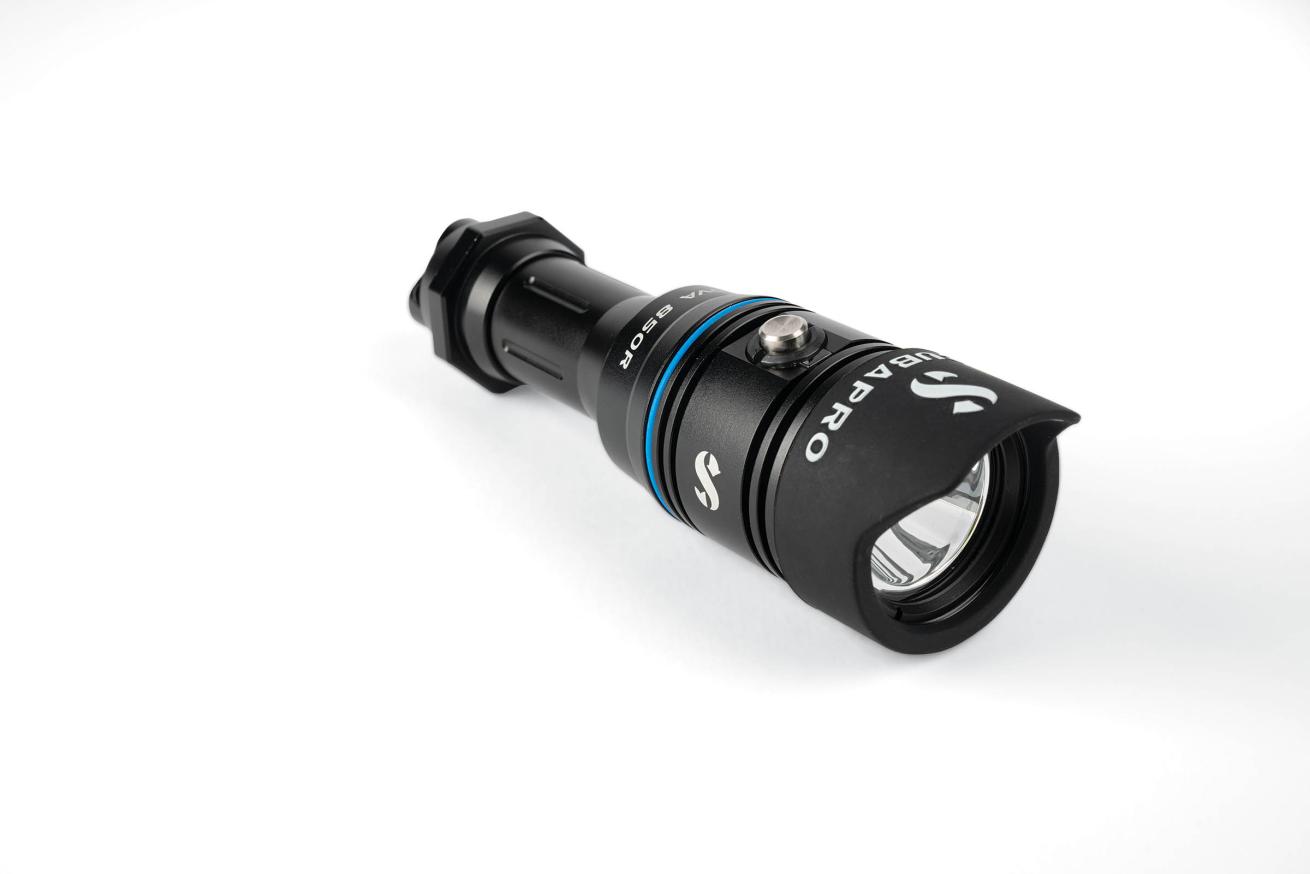
Jon Whittle“Very secure lock—no chance of accidental activation in your bag.”
To fire up the Nova 850R, you need to know its secret handshake. An electronic safety lock keeps it from activating until you press the push-button switch five times within three seconds, turning on the blue indicator light to let you know it’s ready to go. It locks the same way, eliminating worry of accidental activation. The push-button toggles between 100 or 50 percent power (though no emergency flash), with full power at 850 lumens. The 8-degree beam cut well through water that had a fair amount of suspended matter. Rated to 492 feet (150 meters), the light is made of machined aluminum and powered by an 18650 lithium-ion battery with a two-hour burn time on full power. Under 6 inches long, with decent power, the 850R is a candidate for primary or backup duty.
MSRP $215 (not including battery)
CONTACT scubapro.com
Underwater Kinetics SL4 ELED MK2
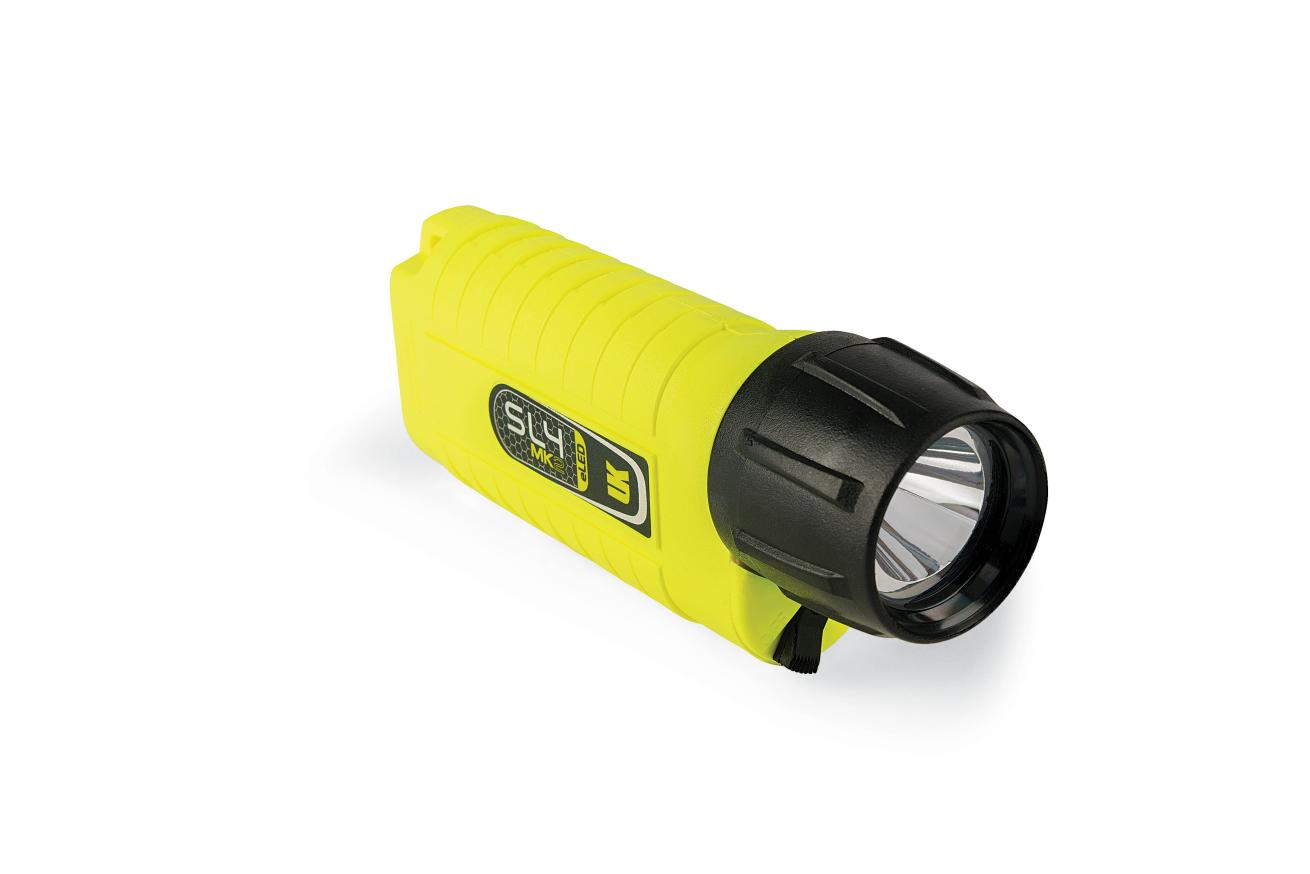
Jon Whittle“Rugged and handy, with useful power and size for a backup.”
The SL4 was first introduced a couple of decades ago, with a major makeover every few years. The latest tuneup adds new electronics to squeeze the most from its four C alkaline batteries. With 600 lumens in a narrow, bright-centered beam, the eLED MK2 has a six-hour burn time. The all-polymer construction makes it lightweight and impervious to seawater; it’s depth-rated to 500 feet (152 meters). With a single power level, it has a toggle switch that operates easily enough with one hand, with just enough resistance to keep it from firing up accidentally. Just 6¼ inches long and 2½ inches wide, it has an oval shape that fits nicely in a BC pocket or your hand, with grooves top and bottom to keep it in place. Unlike many modern dive lights, the SL4 won’t overheat if used out of the water, making it a handy waterproof light for all-around use.
MSRP $120
CONTACT uwkdive.com
MIND YOUR AIM
The latest generation of LED dive lights is more versatile, compact, long burning and powerful than ever. But as Spider-Man taught us, with great power comes great responsibility, and that means watching where and how you put all that light to use.
NOT IN THE EYES, PLEASE
Unless you’re farther than you should be from your night-dive buddy, you need not flash your beam directly toward their mask to get their attention or convey a signal. Instead aim the beam down slightly, or if you can see your buddy clearly, aim at the spot they’re looking at.
DIAL IT DOWN Use the lowest power setting you need to see effectively for the location and conditions. That will help preserve your battery, reduce backscatter and earn you the gratitude of your fellow divers as well as the wide-eyed marine life.
ASK ROBBY
Q: What’s the best kind of switch lock?
A: The lights in our review have several very different types of locks, like the sliding lock on the Seac R15 and the codelike unlocking sequence on the Scubapro Nova 850R, both of which did an excellent job of preventing accidental activation in a dive bag or BC pocket. Others, like the SeaLife Sea Dragon Mini 1300S, don’t have locks but require a long, stiff push of the power switch that proved very effective in preventing unintended operation.
SAFE TRAVELS
Lithium-ion batteries offer divers long-lasting, lightweight, rechargeable power for lights, cameras and other electronics, but they also require proper precautions when traveling.
In fact, the latest FAA guidelines specifically mention dive lights as potentially hazardous if not transported correctly.
“Many battery-operated devices such as lamps/lights used in scuba diving and soldering tools can produce intense heat capable of starting a fire if the device is accidentally activated,” states the FAA’s PackSafe website.
Federal regulations allow dive lights to be transported in checked or carry-on baggage with airline approval if the battery is removed or “isolated” to prevent accidental activation, and if the battery is no larger than 100 watt-hours (Wh).
Loose lithium batteries must be transported in carryon luggage and protected against damage or shorting. You can tape over the terminals, but a more convenient method, especially for common sizes such as the 18650, is an inexpensive nylon or silicone storage case that will protect and insulate the battery (and save cleaning sticky residue off the terminals). Remember that if you have to check your carry-on at the gate, you’ll need to remove any lithium batteries and take them with you.
Federal regulations don’t limit the number of batteries you can take. But they do require that they be for the passenger’s own use, and they limit to two any batteries larger than 100 Wh (up to 160 Wh), and require airline approval.
To avoid delays and hassles at security, make sure any large lithium batteries you’re transporting are clearly marked with their watt-hour rating.

